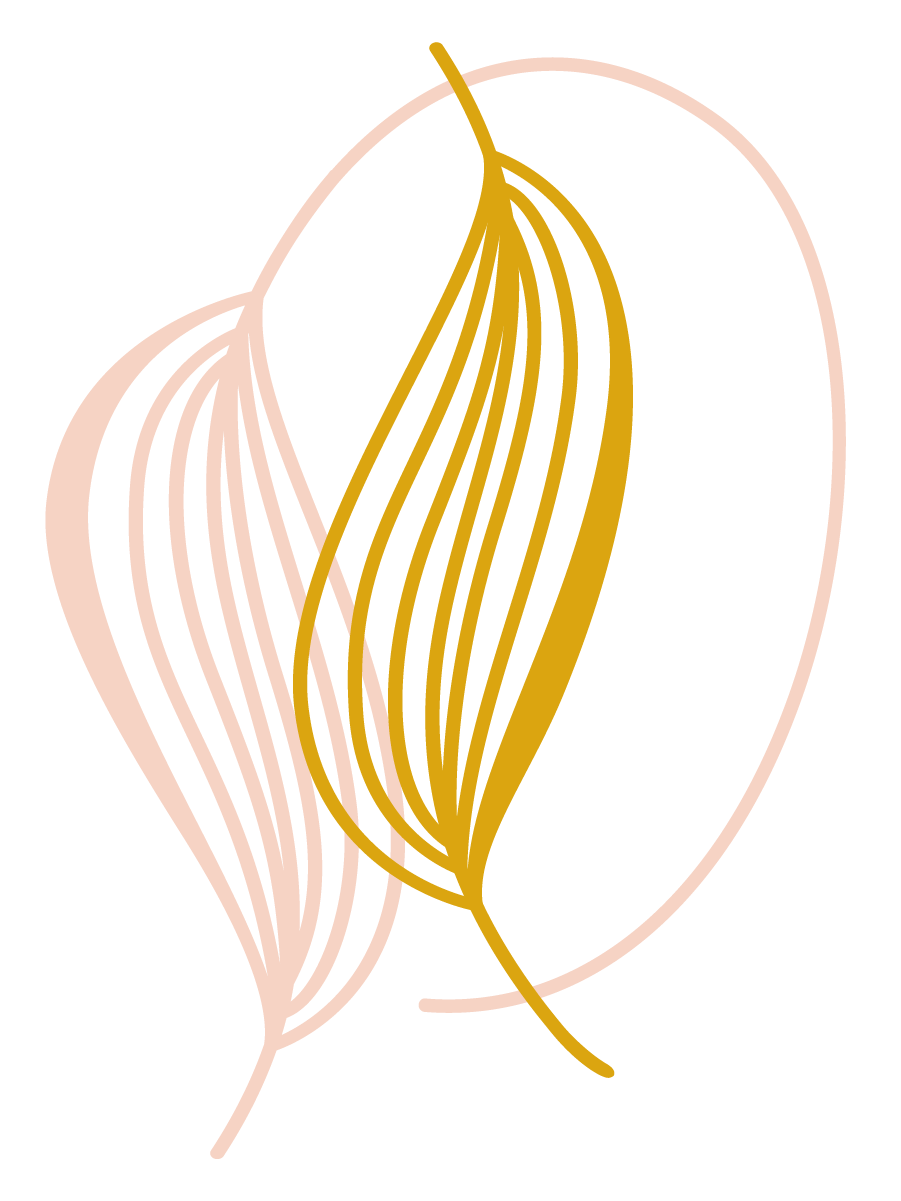Winter Solstice
Every year, a few days before Christmas, comes the winter solstice, an astronomical event that marks the shortest day and longest night of the year. It occurs annually on December 21st or 22nd in the Northern Hemisphere and June 20th or 21st in the Southern Hemisphere. It’s a night of celebration, to give thanks for another year closing and the birth of a new one on the horizon. Although it isn’t marking the end of the calendar year, it marks the end of a season and the beginning of another.
In many cultures, the winter solstice represents the rebirth of the sun and the return of longer days. It symbolizes the triumph of light over darkness and is a symbol of hope and renewal. Many ancient civilizations celebrated festivals such as Saturnalia and Yule during this time.
In Chinese medicine, this represents the turning of yin to yang, a phase that happens each day and night, each year, and in nearly every phenomenon we know. TCM is all about phases, the progression from stillness to action, and the ebb and flow of life as days and years pass.
Marking the end of the harvest season and the beginning of rest and preparation for the coming year, it was believed that fertility was closely linked to the return of the sun and the lengthening of days. In some cultures, rituals and ceremonies encourage crop, livestock, and human fertility, celebrating the winter solstice as one of the opportunities to praise our gifts and give thanks.
This celestial event serves as a reminder of the cycles of nature and the interconnectedness between humans, the Earth, and the seasons. It is an opportunity to reflect on the importance of fertility, growth, and renewal in the natural world and in human life.
Perhaps we should take time to celebrate the winter solstice as a time of reflection, gratitude, and renewal.
According to TCM principles, the kidneys are associated with the winter season, and water element, and play a fundamental role in fertility.
During winter, the body's energy submerges inward, where the kidneys store and consolidate this energy. With the colder weather, we must conserve our body temperatures, allowing some time for deep healing and reflection after the hustle and bustle of the social seasons. What some people consider to be the winter blues might be a natural process of retreating and consolidating.
Since Chinese medicine considers the kidneys to be the foundation of reproductive health, the winter solstice is a climax energy where the potential for new life and fertility are amplified. Supporting and nourishing the kidneys during the winter season and around the winter solstice encourages fertility.
This year, the winter solstice falls on Thursday, December 21st. Plan a date night with your partner to participate in the old-fashioned ritual and have a fertility ceremony before beginning your short season of rest for the kidneys.
Create a Sacred Space:
Decorate the area with winter-themed objects like pinecones, evergreen branches, and candles. Add symbols of fertility like seeds and pictures of animals associated with procreation.
Set your Intention:
Take a few moments to center yourself and set your intention for this ceremony. Focus on the desire for fertility and new life, whether it be in the form of physical conception, creativity, or the birth of new ideas.
Light a Candle and Offer a Prayer:
Lighting a candle is a symbol of the returning light and the warmth it brings. Say a prayer, expressing your gratitude for the fertility that is already present in the world and asking for it to manifest in your own life.
“On this Winter Solstice, I offer my gratitude for the cycles of life and the miracle of creation. As the earth prepares for rebirth, I too seek fertility in my journey. May my body and spirit be open and ready to conceive new life in whatever form it may come. Blessed be."
Offerings:
Place offerings on your altar, representing your intent and gratitude. Some suggestions include:
Fruits and vegetables associated with fertility, such as pomegranates, grapes, or figs.
Seeds representing the potential for new life.
A piece of paper or fabric with your prayer or intention written on it.
A small fertility symbol, like a jade or moonstone.
Meditation and Visualization:
Sit comfortably and close your eyes. Take deep breaths, inhaling the intention of fertility and exhaling any doubts or fears. Connect with your partner, hold hands and breath together, slowing down and feeling your gratitude for each other. Visualize new life blooming between you, filling you with joy and excitement. Imagine this energy radiating out of you, attracting opportunities for fertility and growth in your life.
If you’re unpartnered you can practice this on your own or with a close friend who supports your journey and the efforts you’re making to create life on your own terms.
Closing:
Give thanks for the ceremony and offering you have made. Close your eyes and sit quietly for a moment, feeling the energy and fertility surging within you. You can blow out the candle or let it burn safely while you continue to bask in the sacred space you have created.
Remember to approach this ceremony with an open heart and mind. Allow the energy of the Winter Solstice to fill you with hope, renewal, and the potential for new life in all its forms.

